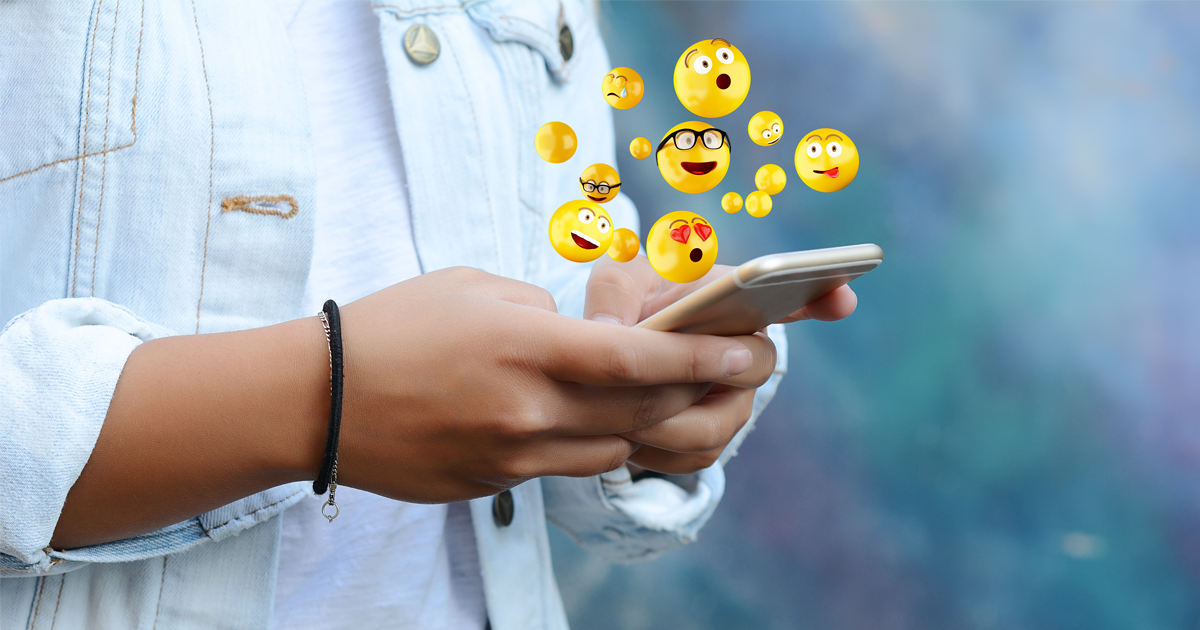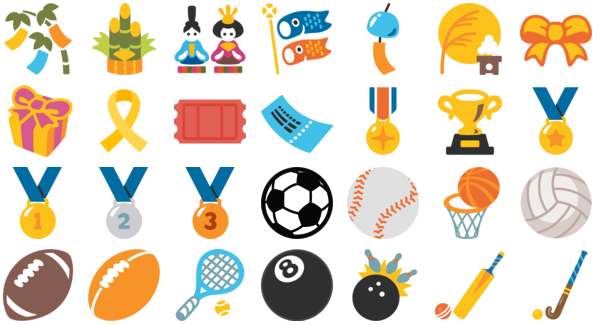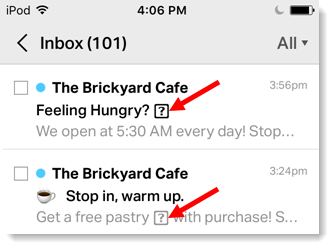
EMOJI FOR OUTLOOK EMAIL SUBJECT LINE CODE
If you are using a WYSIWIG editor, emojis are supported - you can even copy and paste them in! You can also code them into your HTML if you are building emails this way, though there is a chance your ESP will not recognise them. Apple MailĮmojis are supported by iOS mail, and always use the iOS style, regardless of browser app.
EMOJI FOR OUTLOOK EMAIL SUBJECT LINE WINDOWS
If viewed using the Windows email app, they are shown in the Windows style. If viewed on a web browser or mobile app, the emojis are styled by the operating system of that device. OutlookĮmojis are fully supported by Outlook. In practice, they usually take on the style of the operating system they are being viewed on, so you shouldn't see the Yahoo emoji subset. Yahoo only supports a subset of emojis, and these can be old and pixelated. They also use a separate visual style to other Google platforms - see the chart above. This is unlike other email clients and can conflict with the global image css - meaning they can sometimes fail to properly render (if you want to know more, we go into a little bit more detail later on). The Unicode characters are translated into emojis by Google rather than the operating system by making them into images. We've outlined how they appear in the 4 most popular email clients below.

The general rule of thumb is that emojis in emails render in the style of the operating system of the device you are viewing them on - regardless of different browsers or apps. Many email clients are created and supported by different platforms, so there are differences in how they show emojis. How do email clients and editors support emojis? This handy chart highlights how the design styles of emojis can vary: For example, they differ between devices using Windows, Android, or macOS operating systems, or if the manufacturer or app has a certain style, such as Samsung (in their apps) or Gmail. This is because many platforms and systems translate the Unicode into their own visual 'style'. However they look slightly different depending on what they are viewed on.

They are supported by the vast majority of digital devices and platforms.

Basically anything you can represent in picture form! These graphics can represent anything from face-based emotions, to buildings to food. What exactly are emojis?Įmojis are little graphics based on Unicode characters - which is a code for rendering text, numbers, and symbols in a widely standard way. Oh, and we realise that the correct plural usage of 'emoji' is 'emoji', but in common usage it seems to be 'emojis', so for ease of understanding we are using the latter 😄. We've put together the ultimate guide for emojis in email, so you can feel confident using them and see the benefits. They can improve open rates by 29% if used in the subject line! But using them well is key as emojis can be misinterpreted, clash with context and brand tones, and render differently depending on what you are viewing them on. They add an element of fun and a playful tone to an email, without needing any design or coding knowledge. It's only recently that they've begun to appear in marketing emails, and they are great to include. They help us show we are crying with laughter, giving a thumbs up, or that we want aubergine for dinner (steady now.) Oxford Dictionaries even made the 😂 emoji their Word of the Year in 2015. Since becoming popular in the 2010's, emojis are a common part of how we digitally communicate.


 0 kommentar(er)
0 kommentar(er)
